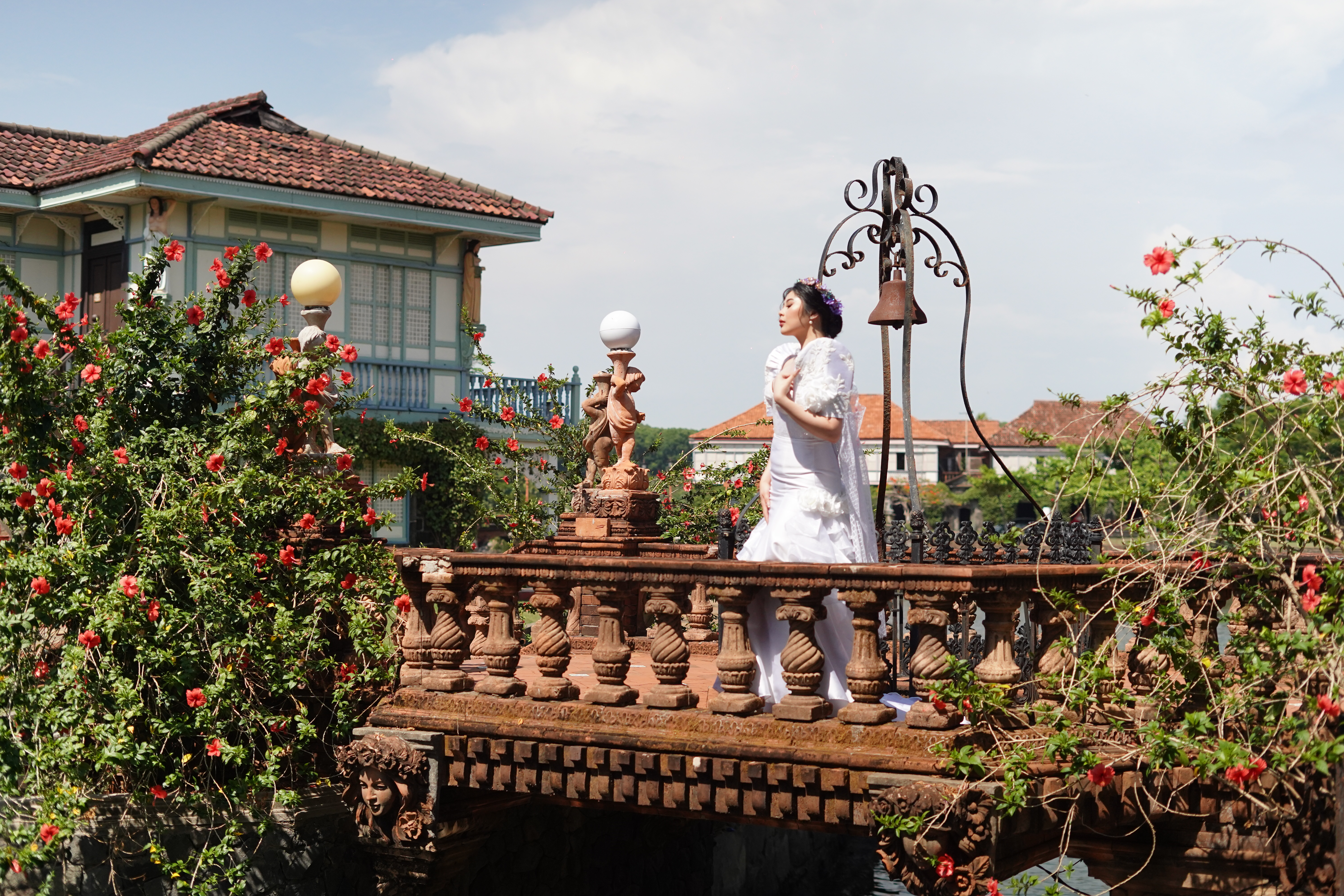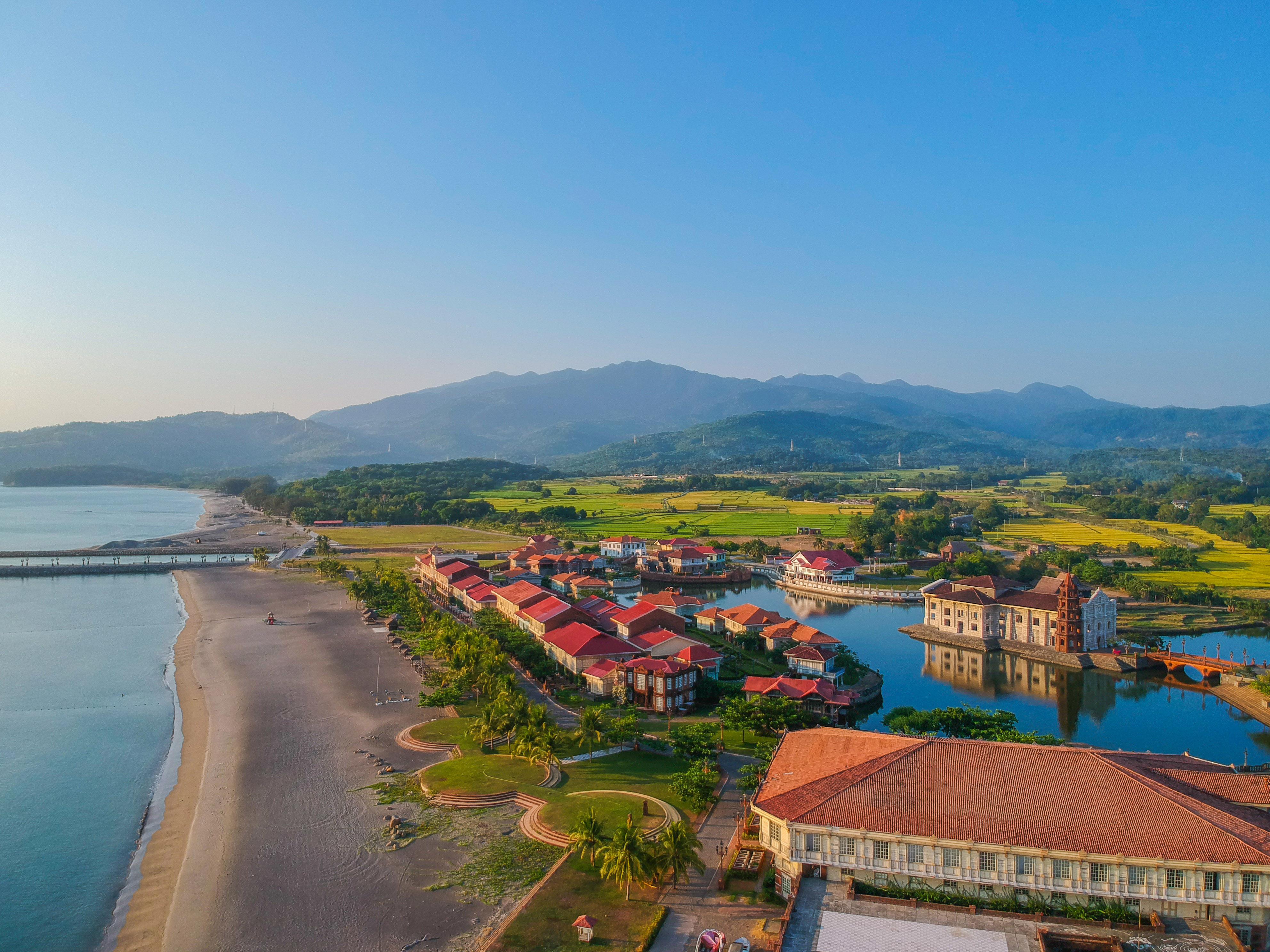Geographically situated at the heart of the country, the province of Masbate has been known for its cattle ranches and exceptional cowboys. But apart from being the “Cattle Capital of the Philippines,” and subsequently, “Home of Philippine Rodeo,” the province is more than just a cowboyland. From untapped ecological sites to unique activities, exhausted city dwellers will certainly be rewarded by its redeeming features.
Situated at the crossroads of Luzon and Visayas, the province of Masbate consists of three major islands: Masbate, Ticao, and Burias. Each island has its own charm that will satisfy every traveler’s heart.
Masbate
One of Masbate’s must-see coastal havens is the Buntod sandbar and Marine sanctuary, located at the middle of the seawaters of Barangay Nursery and Barangay Tugbo. Ranked as the second most resilient sanctuary in Central Philippines, the hard and soft coral covers create a spectacular underwater view that’s perfect for snorkeling. Above waters, fine white sands blanket the shores. Here, you can rent kayaks, inner tubes, and snorkeling equipment.
 Another underwater garden to explore in Masbate is the Bugsayon Marine Sanctuary. Ranked number one among the list of resilient marine sanctuaries in Central Philippines, Bugsayon is home to live corals and other aquatic species.
Another underwater garden to explore in Masbate is the Bugsayon Marine Sanctuary. Ranked number one among the list of resilient marine sanctuaries in Central Philippines, Bugsayon is home to live corals and other aquatic species.
For a wilder adventure, take a trip to Minalayo Sea Snake Island. The island is actually a big limestone rock–a big cave–inhabited by clumps of yellow-lipped sea kraits (walo-walo) and blue-banded sea snakes. Considering the risks, it is important to be with a local guide when you visit the area.
Ticao
One of the key destinations in Ticao is the Manta Bowl, located in Ticao Pass that lies between Ticao Island and Donsol, Sorsogon. The famous diving site is home to Manta rays– the world’s largest but harmless rays.
For non-divers, the stretch of golden sands along the crystalline sea is a perfect relaxing spot for beach lovers who desire a picturesque view sans the large crowds. You can also spend the day exploring the fields on horseback.
You should also try their local version of puto made of cassava and bukayo or sweetened niyog (coconut).
Burias
For a more “cast-away” feeling, head to Burias Island and be charmed by the serenity of the untouched and unspoiled white sand beach. Among the islands you can visit in Burias are Sombrero Island, Tinalisayan Island and Sandbar, and Animasola Island.
Sombrero Island, as the name suggests, is shaped like a hat and is also a known sea turtle sanctuary. For water sports enthusiasts and bird lovers, Tinalisayan Island is where you can enjoy kayaking and bird watching–as migratory birds frolic along sandbars. Meanwhile, Animasola Island’s most distinct feature is its breathtaking rock formations that resemble pancake towers.
For an exotic culinary experience, Burias offers tasty “tamilok,” a wood worm found in decaying mangrove logs. Other must-try delicacies in the area are “Laswi” (shellfish) and “Takla” (shrimp).
Another unique culinary destination in Burias is the Balinsasayaw House in San Pascual. This house, owned by the Espares family, is nestled by thousands of swiftlets, a type of bird. There, you’ll get a rare opportunity of tasting the local delicacy—a soup made from the bird’s nest.
Getting There
The fastest way to travel from Manila to Masbate is to fly from Manila to Masbate City. Another option for commuters is a bus ride from Cubao or Pasay City to Pilar port in Sorsogon. From Pilar port, you can ride a two-hour fast craft to the island. There are also available RORO boats that ship automobiles and motorcycles.














